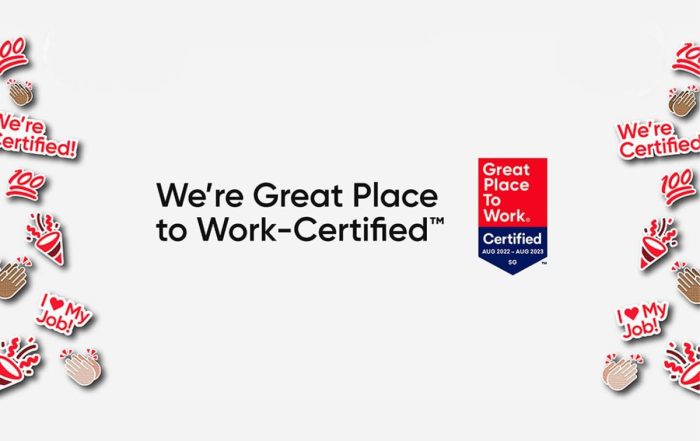Winning With Customer Retention
Why Customer Retention Now?
For years, businesses and economies have thrived, focusing on customer acquisition as the key growth driver. But there is a growing concern among experts about the lack of focus on customer retention. Businesses face difficulty keeping customers long due to changing market behavior, thinning margins, and lower brand loyalty. The cost of acquiring a new customer is significantly higher than retaining an existing customer.
In the ground-breaking work, Fred Reichheld concluded, “a 5% increase in customer retention produces more than a 25% increase in profit”. Prescription for Cutting Costs (bain.com) Today, customer retention remains one of the top concerns of organizations and business leaders.
Is Retention Necessary For The Business?
Today, the markets are hyper-competitive, demographics are varied, and cultural nuances are complex. It is becoming increasingly challenging to manage customer retention initiatives without a strategic approach. Businesses put a lower priority on customer retention initiatives due to
- pressure to acquire new customers
- demand for increased market coverage
- limited budgets to pursue retention initiatives
- little stakeholder attention to retention priorities
Retention strategies differ across customer segments, markets, and industries. Many organizations do not have sufficient experience and expertise to deploy and manage retention initiatives. Hence, managers give less attention and lower priority to retention-related activities.
In fact, a better retention strategy helps keep existing customers longer and improves customer acquisition via customer advocacy and referral programs. Today, organizations are better prepared to bring retention strategies to the forefront of marketing priorities with the help of advanced technologies and a variety of connectivity channels. Technologies such as intelligent personalization, AI, big data are more easily accessible to marketers to evaluate and adopt that best fit the organization. These help organizations focus on long-term retention strategies to achieve lasting customer engagement and loyalty.
Do Customer Loyalty Programs Help Drive Retention Strategies?
Loyalty programs serve as an excellent conduit to plan and deploy retention strategies and create an environment of growth and sustainability. A successful loyalty program requires three key pillars to incorporate customer retention into its design. They are
- Creating and delivering retention value propositions for each segment
- Establishing and maintaining superior experience each time
- Monitoring and improving customer satisfaction over the customer life cycle
These require organizations to constantly identify customer needs, evaluate and prioritize jobs, and innovate solutions and business models that best fit long-term growth and sustainability. Retention is an important KPI for measuring the success of a Loyalty program. Loyalty programs can help define and manage specific parameters associated with retention strategies and help achieve them through processes, tools, and activities during the customer life cycle. Therefore, loyalty enhances customer retention.
Leverage Loyalty Programs To Enhance Retention
Over the past two decades, loyalty programs have evolved significantly, from simple points and card-based programs to integrated enterprise solutions. Today, loyalty programs drive growth and sustainability within an organization. Loyalty programs also function as an essential pillar to nurturing and retaining customers.
As markets and economies are ready to jump to the next level of business evolution, loyalty and retention will be essential pillars for long-term sustainability for organizations to stay competitive. Digital technologies and enhanced customer experience are helping to innovate retention strategies. Loyalty programs which incorporate sophisticated retention strategies will be more successful than others. To succeed, organizations must use agile methods and design thinking processes in loyalty and retention programs to continuously innovate, generate insights and apply business intelligence.
The good news is that many organizations and brands are exploring and experimenting with various retention programs by leveraging technologies, digitalization, and business model evolutions. There is no doubt that retention is essential for businesses to stay competitive and sustainable.












